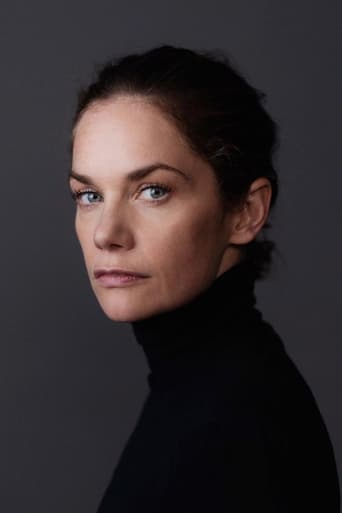
Ceramics A Fragile History (2011)
Ceramics are one of the oldest and most-fundamental art forms around. Ceramics are used for everything from eating and drinking to celebrating birth, marriage or even death. Many people believe that ceramics contain social DNA and reveal about the taste and habits of a nation. This three-part series explores the history of the art form in Britain, beginning in Tudor times, and traces the evolution of different techniques and styles used in the art of pottery. The programme also explores key figures who helped put British ceramics on the map and revolutionised the industry.
Country:
Language: En
Runtime:
Season 1:

Ceramics are where art meets function - one of our oldest and most fundamental art forms, that sits at the centre of our homes. The first film in this three-part series looks at a history of domestic pottery in Britain from Tudor times onwards, tracing the evolution of its different techniques and styles, and examining what our pots can tell us in intimate detail how preceeding generations lived and saw themselves. Whether it's for celebrating birth, marriage and death (our own or royal), eating and drinking or showing the world our social status, ceramics contain more than just our tea or coffee - they contain something of our lives, our social DNA, and reveal a lot about our taste and habits as a nation. They become, in effect, snapshots in clay. Contributors include David Attenborough, Edmund de Waal, Grayson Perry, Lucy Worsley, Mary Wondrausch and Elspeth Owen.

This second film charts the rags to riches-to-rags epic of Stoke-on-Trent, a city built on clay and the heart of Britain's once world-beating ceramics empire. On the back of the 17th century phenomenon of tea, pottery in Britain exploded into a cutting-edge industry and a source of enormous national pride.

Towards the end of the 19th century, a group of craftsmen decided to break the monopoly of the great ceramic factories. Studio pottery was born, a movement that celebrated traditional artisanship and decorative flair over the monotony of the production line. Through practitioners like William De Morgan, Bernard Leach and William Staite Murray, studio pottery was soon recognised as a powerful and uniquely British contribution to the story of modern art, drawing disciples from all over Europe. In the second half of the 20th century, female ceramicists like Lucie Rie and Alison Britton re-energised the movement. The programme ends with portraits of Grayson Perry and Edmund de Waal, two of the greatest potters working anywhere in the world today.


